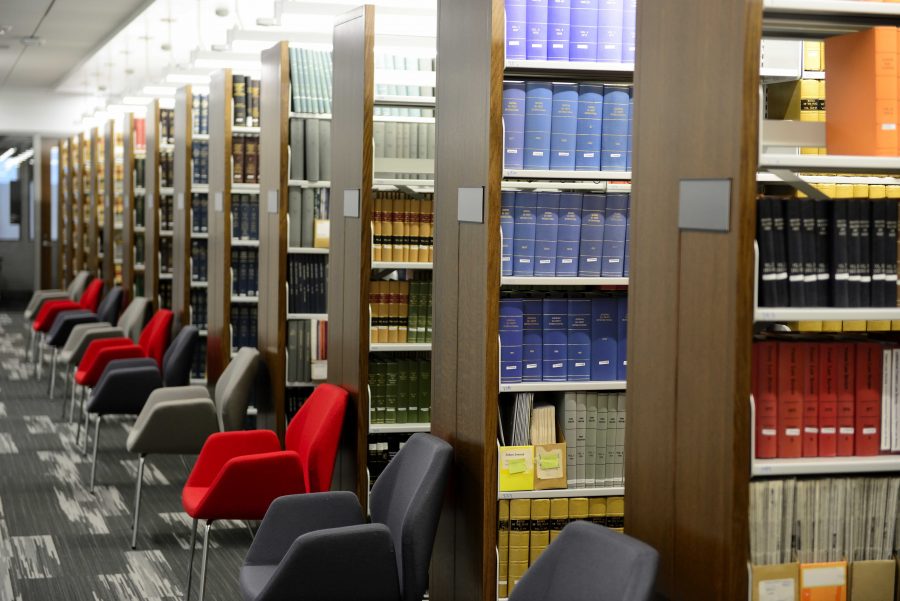All pre-law students anxiously anticipate the moment they take the Law School Admission Test, however, this year, pre-law students at the University of Utah S.J. Quinney College of Law will find some changes in the admissions process.
This test is designed to assess key skills needed for a student’s success in law school and is an integral part of admission into law school. This exam is typically taken in a paper-and-pencil format, but it will change to a digital format in July of 2019.
“Going from a paper-and-pencil format to a digital format will be the biggest change to the LSAT since 1991. While the digital transition begins next July, beginning in September 2019 though, every test taker will take the exam in its new digital format, on a tablet, with no option to cancel after receiving a score. While change is not always easy, digital testing should allow for a more consistent test-taking experience for students and should allow scores to be in students’ hands faster, which are both positive developments,” said Kaplan Test Prep Senior Communications Manager Russell Schaffer.
Pre-law students will find that their digital abilities are an asset in this process. The Law School Admission Council wants to modernize and make the application process easier for students.
“Students are used to working on devices and the Digital LSAT will be very easy to use on the tablets we are providing at the test sites. Check-in is much faster, and LSAC will be able to deliver scores more quickly,” said Chief Executive Communications and Public Affairs Officer of the Law School Admissions Council Wendy Margolis.
Kaplan has a role in preparing students for the LSAT. They follow these developments carefully to make sure that their students have the most accurate and up-to-date information to be ready for test day. Although the format of the exam is changing, the content will remain the same.
“The move to a digital format can potentially impact those who are not as comfortable with sitting for assessments in a digital platform or a platform that requires a tablet device. There are a few noteworthy benefits that prospective students have to gain from this change: First, coupled with the digital LSAT introduction, LSAC has nine date offerings (historically, LSAC only administered the LSAT four times per year, and in the 2017-18 cycle, they expanded to six) during the 2018-19 testing cycle; thus, this will give potential test takers more flexibility to sit for the exam. Second, the digital format will also expedite the score release process, affording students the ability to receive their test scores much sooner,” said S.J. Quinney College of Law Associate Director Isabel Moreno.
With that, the LSAC also made the change to allow students more options to take the LSAT. There will be six to nine expansion dates in the 2019-2020 year.
Moreno understands the preparation and work students put in for this test, and she has some advice when it comes to approaching the exam: “We suggest that students only sit for the LSAT when they prepared to take it. They should adjust their schedules to incorporate adequate preparation time. Moreover, potential test-takers should do some self-assessment to determine the best way they learn to ensure that they seek preparation materials/programs that can introduce the LSAT concepts in their preferred learning method. If they prefer a traditional mortar-and-brick approach, the University of Utah’s Office of Continuing Education and Community Engagement offers test-prep options. If they prefer self-study, the Khan Academy partnered with LSAC to offer a free online test-prep program.”
According to Moreno, news pertaining to the LSAT format change hasn’t been out long enough in the Law program at the U for them to have feedback from U students.


